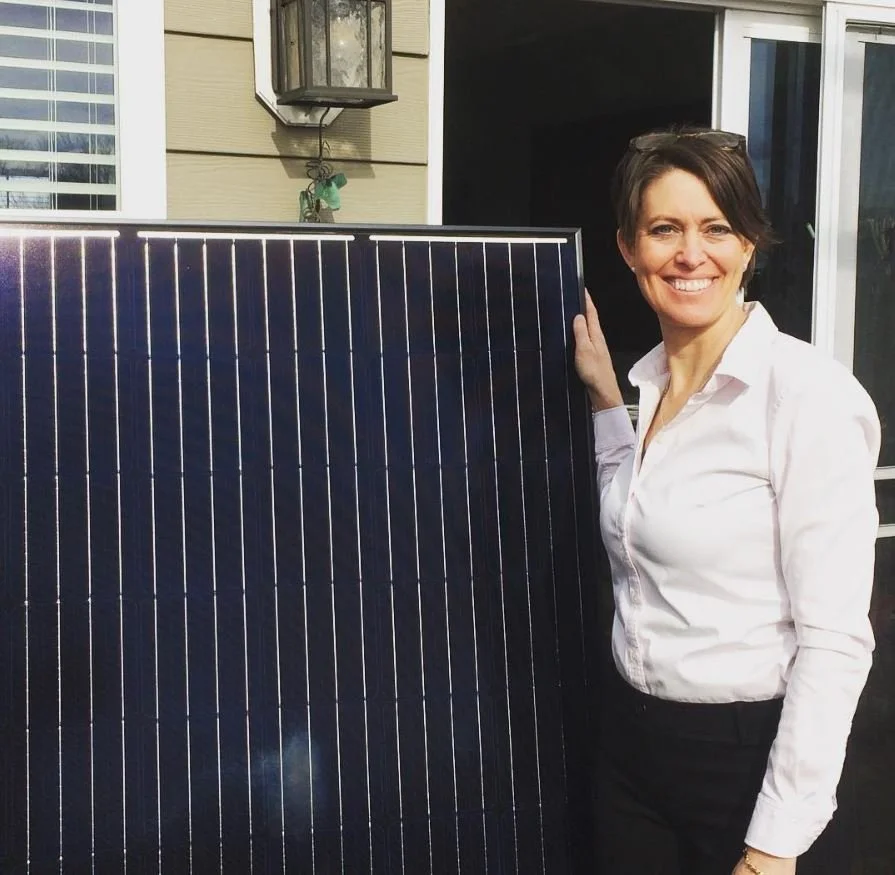Debunking 3 myths of LED light bulbs
By now most of us have heard about the ultra efficiency of LEDs (light emitting diodes) and how they surpass those squiggly compact fluorescent bulbs (CFLs) in terms of energy efficiency (read: saves me on my monthly utility bill). Common complaints about CFLs were:
Why doesn’t it last as long?
It takes too long to “warm up.”
What, it has mercury in it?
What do I do if it breaks or when it comes time to throw it away?
Enter our main hero: the LED light bulb! It lasts 20 times longer and is 70-80% times more efficient than the old incandescents, and you can now find them for under $5.
So why haven’t we all switched? Well it seems this knight in shining armor for your home energy bills has its own set of chinks so we wanted to clear up the three common misconceptions about LED lighting: Cost, Color, and Convenience.
1. Cost: “They cost too much”
LEDs, once considered too expensive, now have sticker prices of $2-$5, comparable to CFL, halogen, and incandescent light bulbs. LED bulbs use 70%-80% less energy than incandescent bulbs and last on average twenty times longer than incandescent bulbs—some as long as 25 years—meaning that you won’t have to worry about replacing the bulb in that hard-to-reach light socket for a long time. LED bulbs can also save on your cooling costs in the summer since incandescent bulbs emit 90% of the energy they use as wasted heat. Some folks want to wait until the old light bulbs burn out (and I’ve even heard of folks who hoarded the old bulbs by stocking up). But that means your throwing money away! Check out this handy chart from the simpledollar.com. Incandescent bulbs use 4 to 5 times the amount of energy as an LED. The sooner you switch, the more you will save.
2. Color: “O.K., I get it. But I can’t stand the “blue-ish” hue – my kitchen feels like a hospital!”
You aren’t alone. Manufacturers recognized this problem and designed a solution: low-Kelvin bulbs. Kelvin is a measure of light output. LEDs are now designed to match the color output of traditional incandescent bulbs at 2700-3000 Kelvins (K). Often called “soft white” or “warm white” bulbs, these LEDs offer all of the cost and convenience savings of LEDs with the same warmer/orange-ish hue of the old Thomas Edison variety.
Side note: LED bulbs can even be paired with smart devices like your phone, Amazon’s Alexa, or Google Home. These bulbs can turn on and off, be dimmed, and even change color through voice commands when you’re away from your home. (I’m thinking about my teenager who leaves the lights on in his bedroom ALL the time!)
3. Convenience: “It’s a pain to switch every light bulb. I just don’t have that kind of time.”
You don’t have to inventory every single bulb in your home. Start with the five most used light bulbs in your home. According to the Department of Energy, if you only replace the 5 most used bulbs in your house, you can expect to save around $1,000 over the lifetime of the bulbs. And if every household in America did that, it would be climate pollution equivalent of taking 800,000 cars off the road! Oh, and one more thing, you don’t have to go to a specialty hardware store. LEDs can be found in local grocery stores.
So go ahead, let the LED bulb shine! And let the savings come galloping into your wallet.
Sources:
Energy Earth. “Bulb Selector.” Energy Earth, Energy Earth LLC, www.energyearth.com/general/categories/lighting/learn-more.
Department of Energy. “Lighting Choices to Save You Money.” Energy.gov, Department of Energy, www.energy.gov/energysaver/save-electricity-and-fuel/lighting-choices-save-you-money.
CNET. “Light Bulb Buying Guide.” CNET, CBS Interactive Inc., www.cnet.com/news/light-bulb-buying-guide/.











